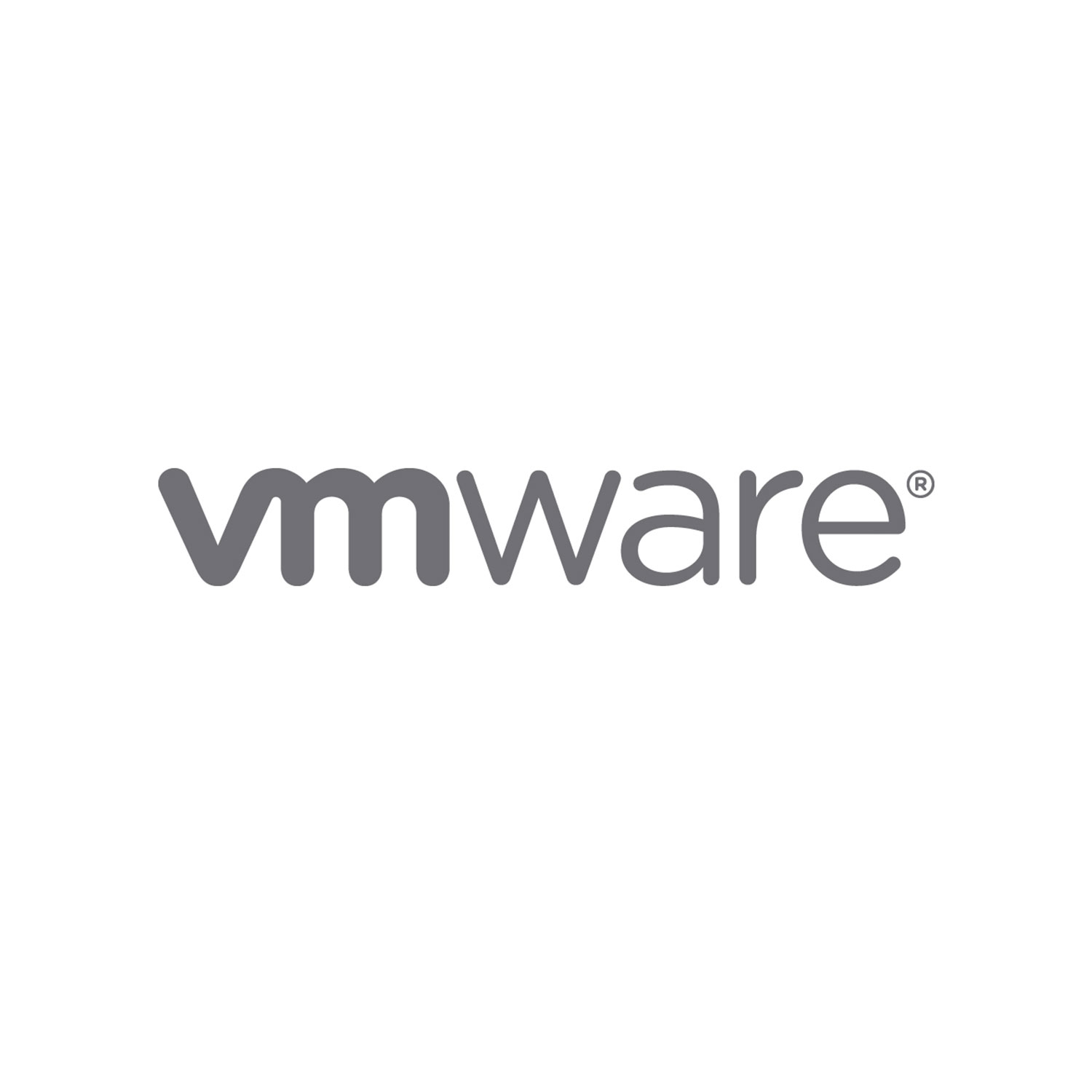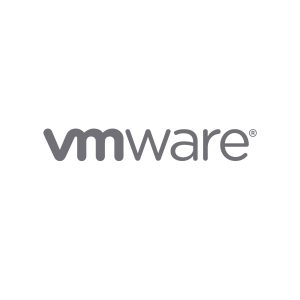Description
About This Course
VMware vSphere: Optimize and Scale is designed for experienced VMware vSphere® users. It teaches advanced skills for configuring and maintaining a highly available and scalable virtual infrastructure. Through a mix of lecture and hands-on labs, you will configure and optimize the vSphere features that build a foundation for a truly scalable infrastructure and discuss when and where these features have the greatest effect. Anyone who is ready to take their understanding of vSphere to a deeper level and learn how to use advanced features and controls will greatly benefit from this course. The course is based on VMware ESXi™ 6 and VMware vCenter Server™ 6.
Who Should Attend
-
Experienced system administrators
-
Systems engineers
-
System integrators
Prerequisites
Completion of one of the following courses:
- VMware vSphere: Install, Configure, Manage [5.5 or 6]
- VMware vSphere: Fast Track
Or equivalent knowledge and administration experience with ESXi and vCenter Server.
Experience working at the command prompt is highly recommended.
Course Objectives
By the end of the course, you should be able to meet the following objectives:
- Configure and manage ESXi networking and storage for a large and sophisticated enterprise
- Manage changes to the vSphere environment
- Optimize the performance of all vSphere components
- Harden the vSphere environment against security threats
- Troubleshoot operational faults and identify their root causes
- Use VMware vSphere® ESXi™ Shell and VMware vSphere® Management Assistant to manage vSphere
- Use VMware vSphere® Auto Deploy™ to provision ESXi hosts
Course Outline
Lesson 1: Course Introduction
-
Introductions and course logistics
-
Course objectives
-
Additional resources
Lesson 2: VMware Management Resources
-
Understand the purpose of VMware vSphere® Command-Line Interface commands
-
Discuss options for running vSphere CLI commands
-
Deploy and configure vSphere Management Assistant
-
Use vmware-cmd for virtual machine operations
Lesson 3: vSphere Security
-
Describe the features and benefits of the Platform Services Controller
-
Configure ESXi host access and authorization
-
Secure ESXi, vCenter Server, and virtual machines
Lesson 4: Performance in a Virtualized Environment
-
Review the vSphere performance troubleshooting methodology
-
Explain software and hardware virtualization techniques and their effects on performance
-
Use vSphere performance monitoring tools
Lesson 5: Network Scalability
-
Create, configure, and manage vSphere distributed switches
-
Migrate virtual machines from standard switches to distributed switches
-
Explain distributed switch features such as port mirroring, LACP, QoS tagging, and NetFlow
Lesson 6: Network Performance Troubleshooting
-
Explain the performance features of network adapters
-
Explain the performance features of vSphere networking
-
Monitor key network performance metrics
-
Use vSphere Management Assistant to manage virtual network configurations
-
Troubleshoot common network performance problems
Lesson 7: Storage Scalability
-
Explain vSphere storage APIs for array integration and storage awareness
-
Configure and assign virtual machine storage policies
-
Configure VMware vSphere® Storage DRS™ and VMware vSphere® Storage I/O Control
-
Create and use virtual volumes in vSphere
Lesson 8: Storage Optimization
-
Diagnose storage access problems
-
Configure VMware vSphere® Flash Read Cache™
-
Monitor key storage performance metrics
-
Troubleshoot common storage performance problems
Lesson 9: CPU Performance
-
Explain the CPU scheduler operation, NUMA support, and other features that affect CPU performance
-
Monitor key CPU performance metrics
-
Troubleshoot common CPU performance problems
Lesson 10: Memory Performance
-
Explain ballooning, memory compression, and host swapping techniques for memory reclamation when memory is overcommitted
-
Monitor key memory performance metrics
-
Troubleshoot common memory performance problems
Lesson 11: Virtual Machine and Cluster Optimization
-
Describe guidelines for optimizing virtual machine configuration
-
Discuss how vGPU usage affects virtual machine performance
-
Discuss guidelines for using resource allocation settings
-
Discuss guidelines for using resource pools
-
Discuss guidelines for using vSphere DRS clusters
-
Troubleshoot common vSphere cluster problems
Lesson 12: Host and Management Scalability
-
Describe and use host profiles
-
Define and use content libraries
-
Upgrade ESXi and vCenter Server instances
-
Use VMware vSphere® PowerCLI™
-
Use Virtual Machine Converter
-
Use VMware vSphere® ESXi™ Image Builder CLI and vSphere Auto Deploy



